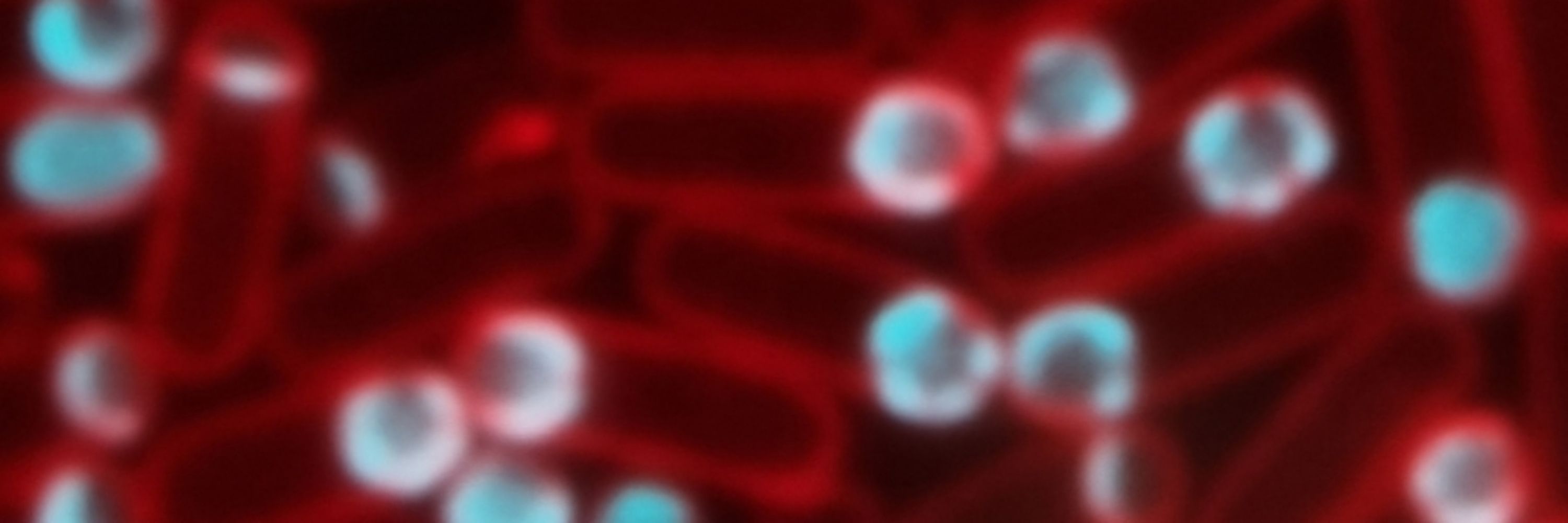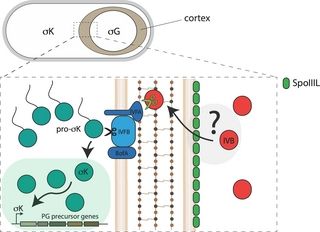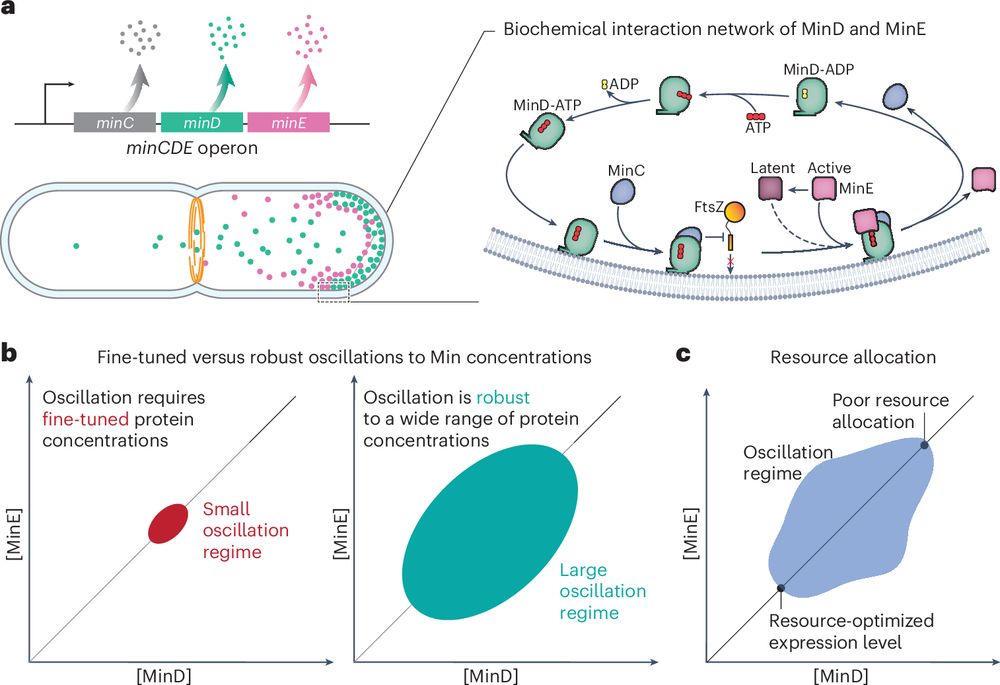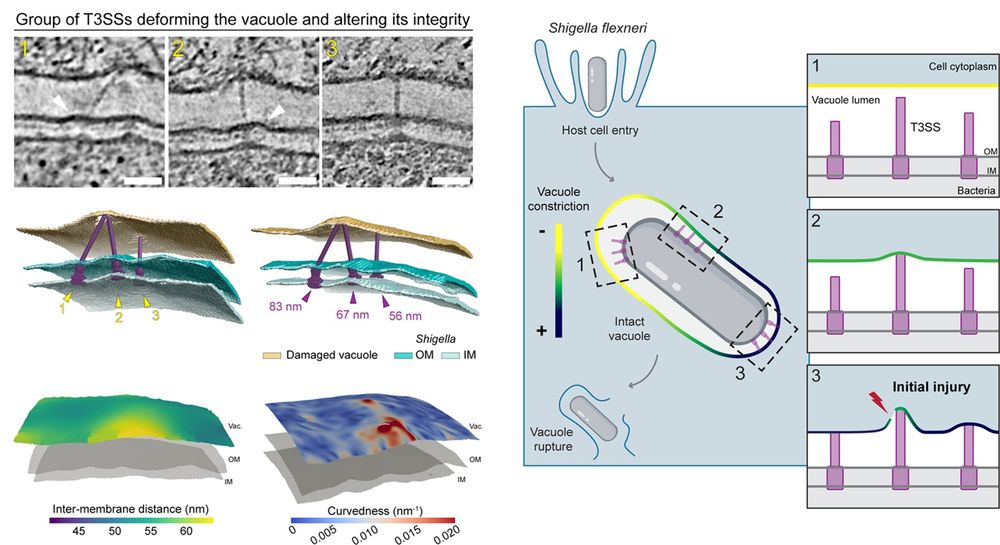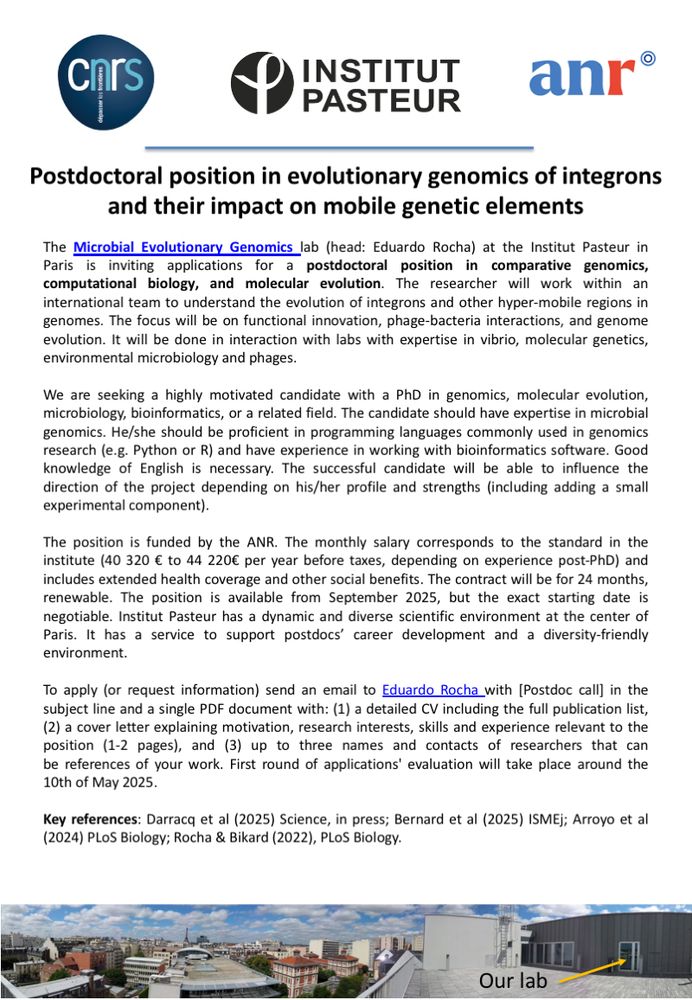Rodrigues Lab
@crodrigueslab.bsky.social
150 followers
200 following
8 posts
Understanding how bacteria develop into one of the toughest cell types on Earth - Spores
Principal Investigator | Reader
www.rodrigueslab.com
Posts
Media
Videos
Starter Packs
Rodrigues Lab
@crodrigueslab.bsky.social
· Aug 30

Engineering non-exponential proliferation in Escherichia coli using functionalized protein aggregates
Uncurbed exponential proliferation might not always be required for genetically modified microorganisms, and might even cause unpredictable liabilities in their behavior and impact. We therefore const...
www.biorxiv.org
Reposted by Rodrigues Lab
Ákos T Kovács
@evolvedbiofilm.bsky.social
· Aug 17

Cryo-EM identifies F-ENA of Bacillus thuringiensis as a widespread family of endospore appendages across Firmicutes - Nature Communications
B. thuringiensis spores contain uncharacterized protein filaments that extend from the surface of the exosporium. Here, the authors show that these filaments feature conserved β-barrel neck domains an...
www.nature.com
Reposted by Rodrigues Lab
Jörg Stülke
@joergstuelke.bsky.social
· Jul 25

Microbial metal physiology: ions to ecosystems - Nature Reviews Microbiology
Metal ions are required for all cells, and their homeostasis relies on ancient mechanisms that facilitate their import, distribution and storage. In this Review, Helmann discusses the key chemical con...
www.nature.com
Reposted by Rodrigues Lab
Reposted by Rodrigues Lab
Susan Schlimpert
@s-lab.bsky.social
· Jul 9

Function and firing of the Streptomyces coelicolor contractile injection system requires the membrane protein CisA
CryoEM, genetic, and cell biological analyses reveal that the conserved membrane protein CisA mediates membrane recruitment of contractile injection systems Streptomyces coelicolor, enabling their act...
elifesciences.org
Reposted by Rodrigues Lab
Reposted by Rodrigues Lab
Reposted by Rodrigues Lab
Reposted by Rodrigues Lab
Pooja Gupta
@poojag96.bsky.social
· Mar 18
Reposted by Rodrigues Lab
Reposted by Rodrigues Lab
Reposted by Rodrigues Lab
Reposted by Rodrigues Lab
